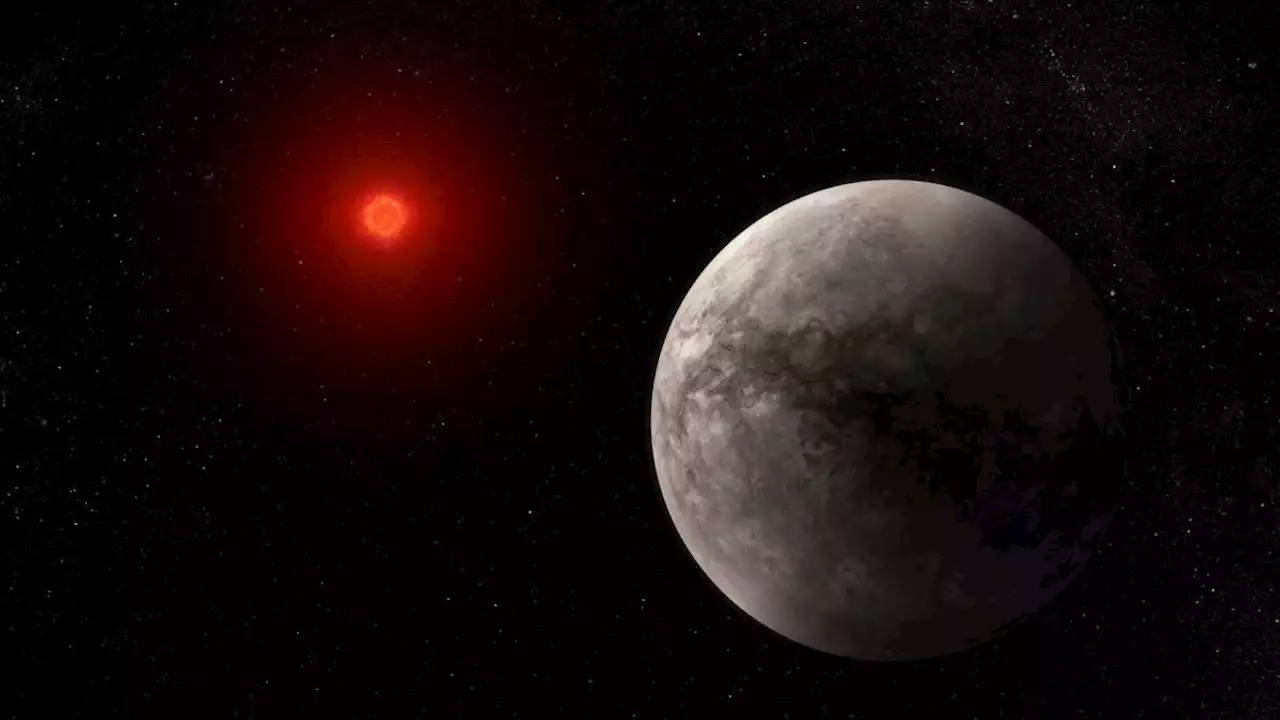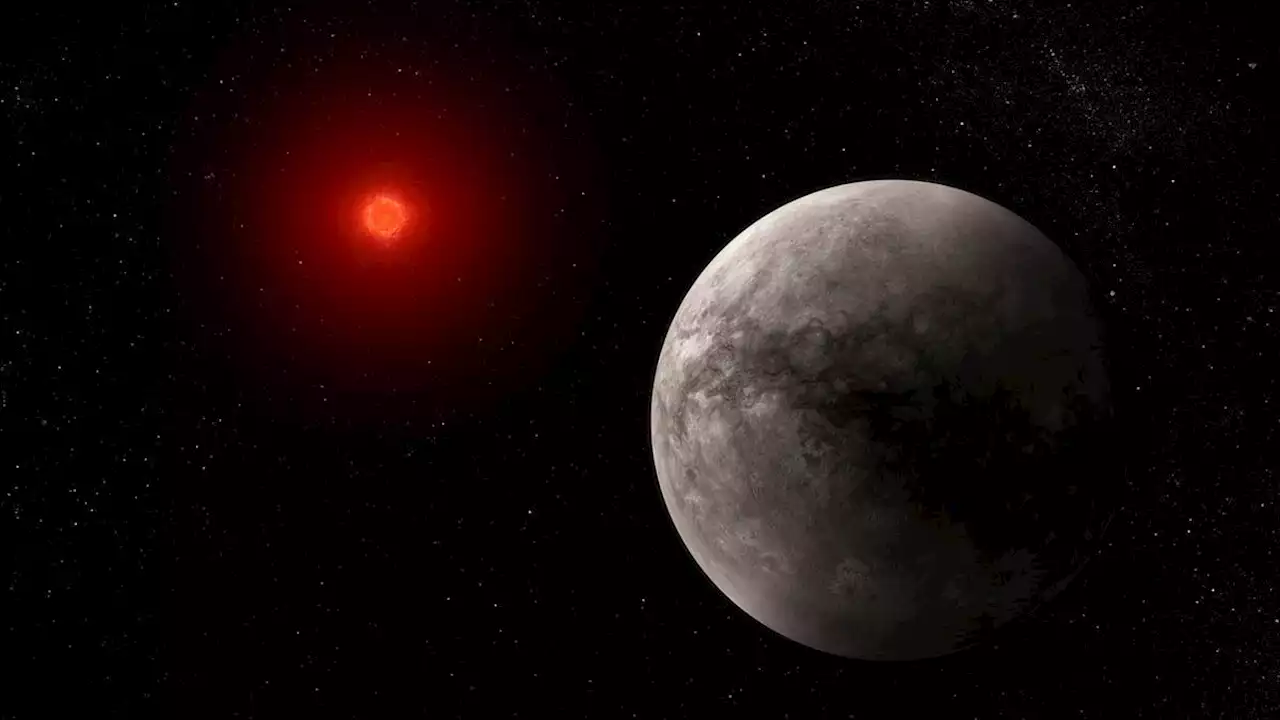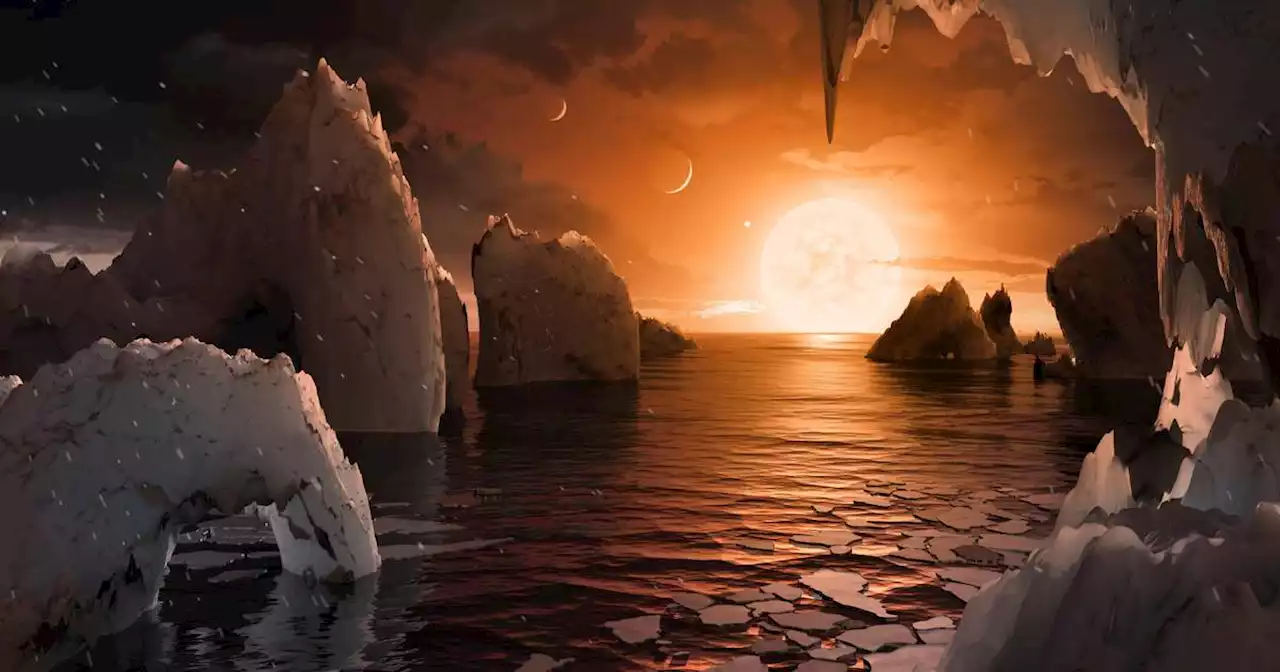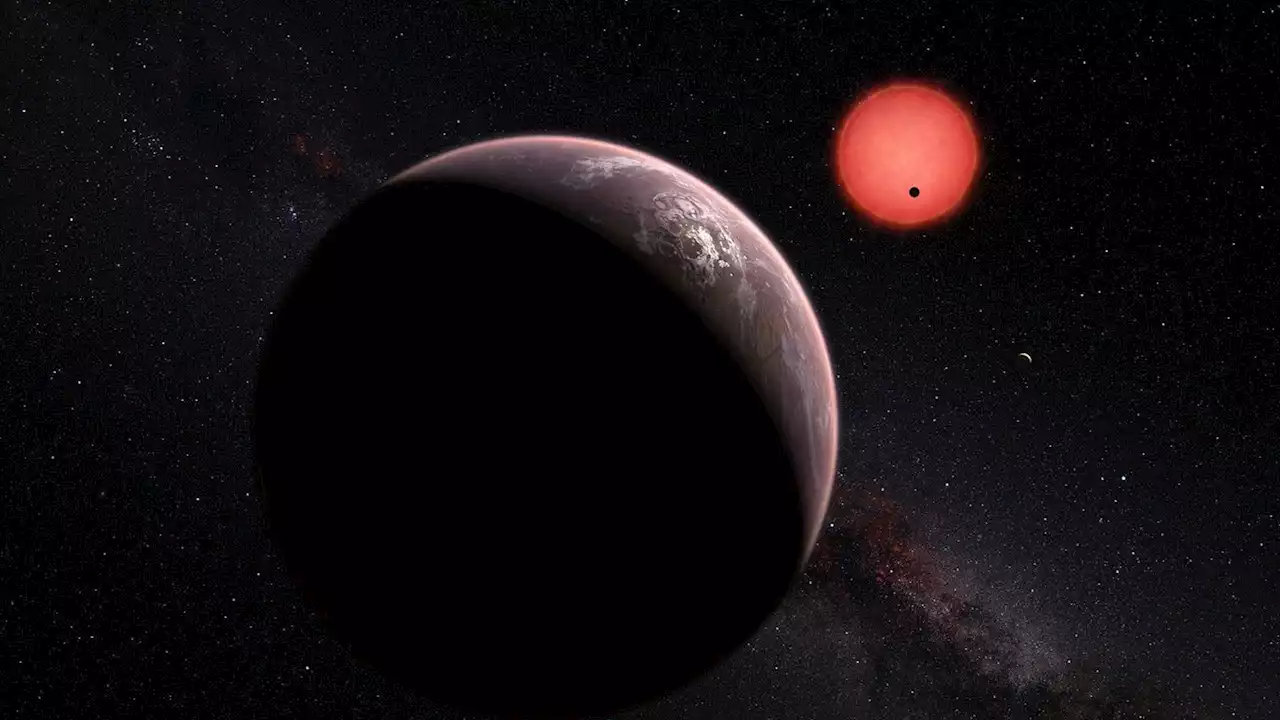Astronomers targeted the exoplanet for observations due to its resemblance to Earth.
Back in 2017, NASA announced that the star system TRAPPIST-1, originally detected in 1999, exhibited the most Earth-sized planets ever found in the habitable zone of a single star.
This resemblance to our own region of space led some to refer to the star system as a "Solar System 2.0".instruments on the star system and its planets, and the first results regarding the exoplanet TRAPPIST-1b are in.Unfortunately, in this planet's case, the resemblance to Earth is only skin deep.
However, no atmospheric features had ever been detected in the exoplanets of the star system, despite the fact that the four closest planets were in the habitable zone of their star system. The researchers used Webb's Mid-Infrared Instrument to observe mid-to-long wavelength radiation emanating from the exoplanet TRAPPIST-1b. The planet is the closest to the system's M dwarf star and it orbits its host star in only 1.9 Earth days.
It receives four times as much irradiation as the Earth receives from the Sun, meaning thermal emissions from the exoplanet could be measurable and could shed light on the planet's atmosphere.
United States Latest News, United States Headlines
Similar News:You can also read news stories similar to this one that we have collected from other news sources.
 James Webb Space Telescope finds no atmosphere on Earth-like TRAPPIST-1 exoplanetThe observation represents Webb's first detection of 'any form of light' emitted by a rocky exoplanet.
James Webb Space Telescope finds no atmosphere on Earth-like TRAPPIST-1 exoplanetThe observation represents Webb's first detection of 'any form of light' emitted by a rocky exoplanet.
Read more »
 James Webb spots exoplanet with gritty clouds of sand | Digital TrendsExoplanet VHS 1256 b, around 40 light-years away, has an unusual atmosphere where clouds of sand float in temperatures of 1,500 degrees Fahrenheit.
James Webb spots exoplanet with gritty clouds of sand | Digital TrendsExoplanet VHS 1256 b, around 40 light-years away, has an unusual atmosphere where clouds of sand float in temperatures of 1,500 degrees Fahrenheit.
Read more »
 James Webb Demolishes Hubble's Record of Fitting the Most Galaxies in a Single ImageA new James Webb Space Telescope survey of the universe has already surpassed Hubble's most comprehensive one to date, and it's only in its first stage.
James Webb Demolishes Hubble's Record of Fitting the Most Galaxies in a Single ImageA new James Webb Space Telescope survey of the universe has already surpassed Hubble's most comprehensive one to date, and it's only in its first stage.
Read more »
 Webb Telescope Reveals Nearby Exoplanet Has No AtmosphereOn TRAPPIST-1b, it's a sweltering 446 degrees Fahrenheit—but only on one side.
Webb Telescope Reveals Nearby Exoplanet Has No AtmosphereOn TRAPPIST-1b, it's a sweltering 446 degrees Fahrenheit—but only on one side.
Read more »
 No atmosphere found at faraway Earth-sized world, study saysThe Webb Space Telescope has found no evidence of an atmosphere at one of the seven rocky, Earth-sized planets orbiting a nearby star.
No atmosphere found at faraway Earth-sized world, study saysThe Webb Space Telescope has found no evidence of an atmosphere at one of the seven rocky, Earth-sized planets orbiting a nearby star.
Read more »
